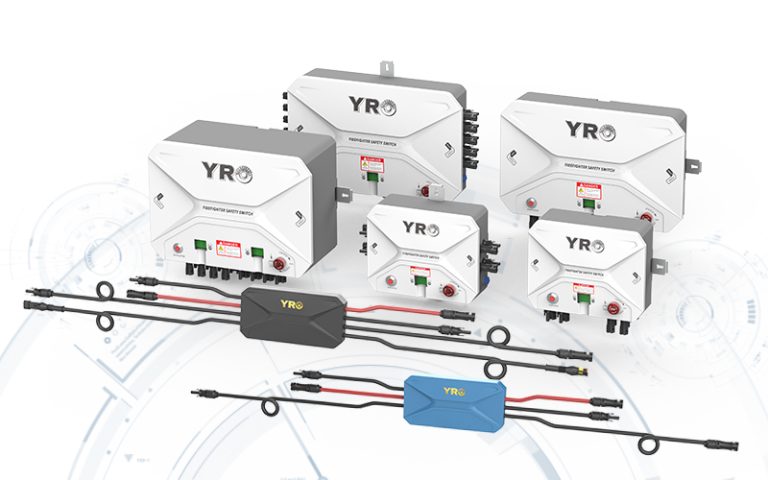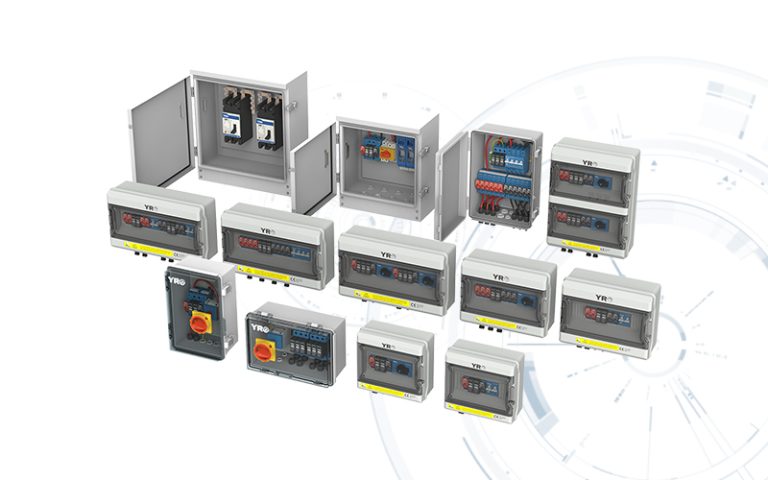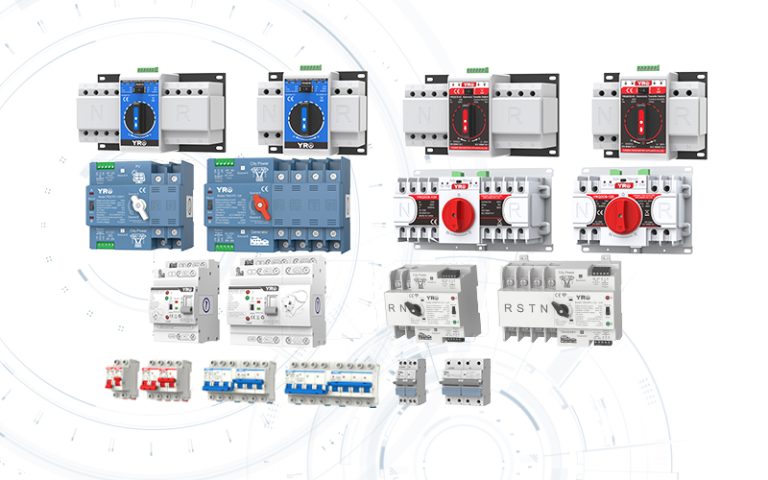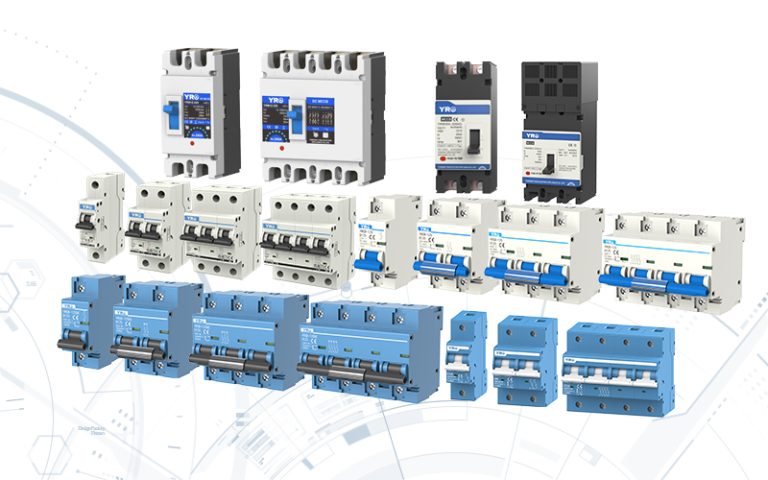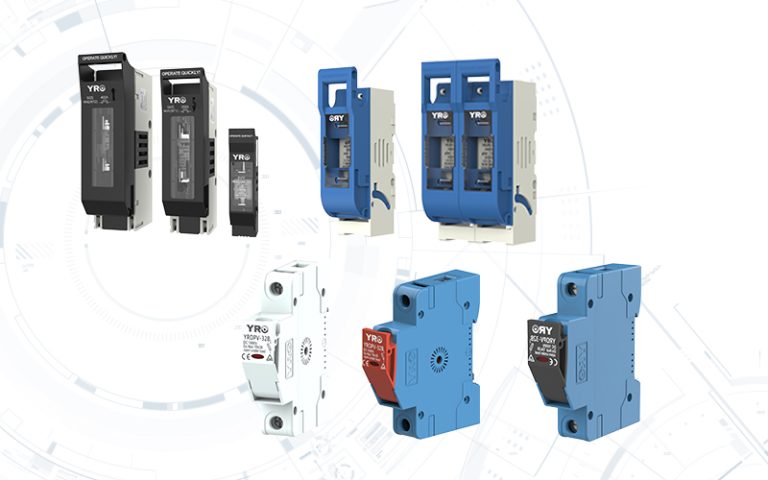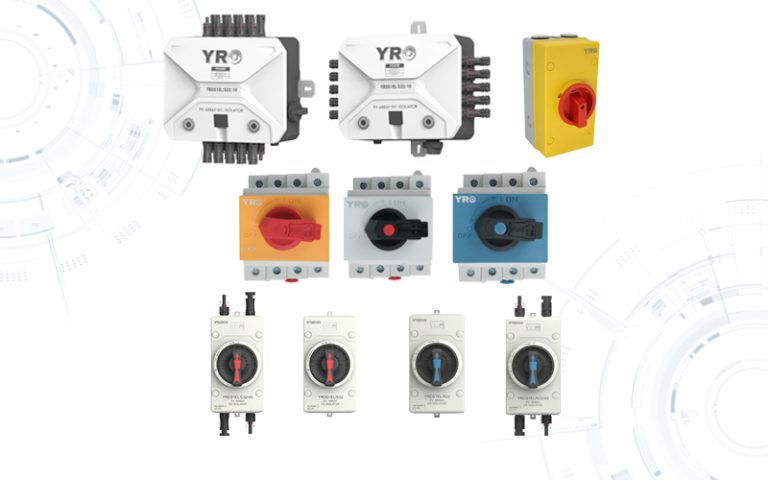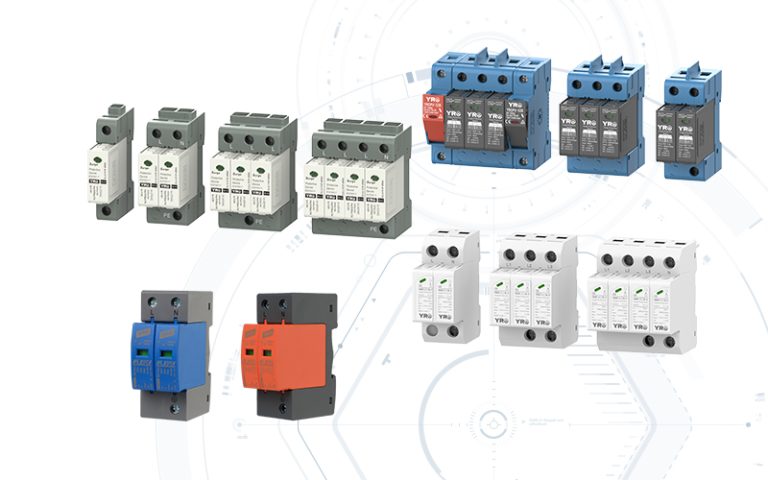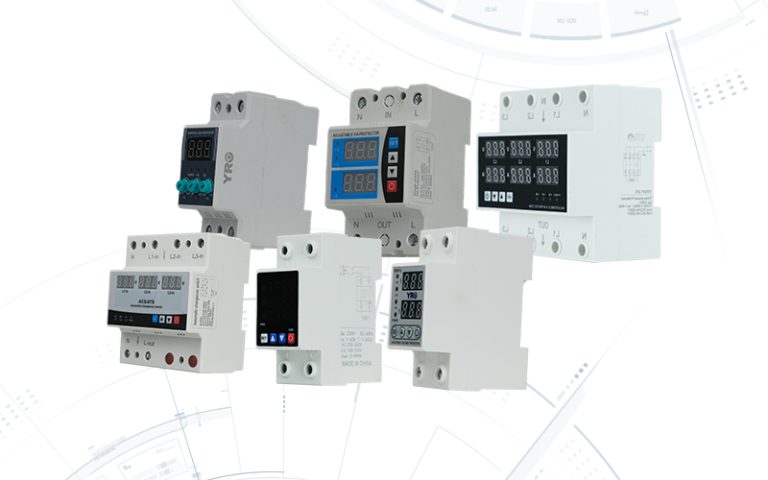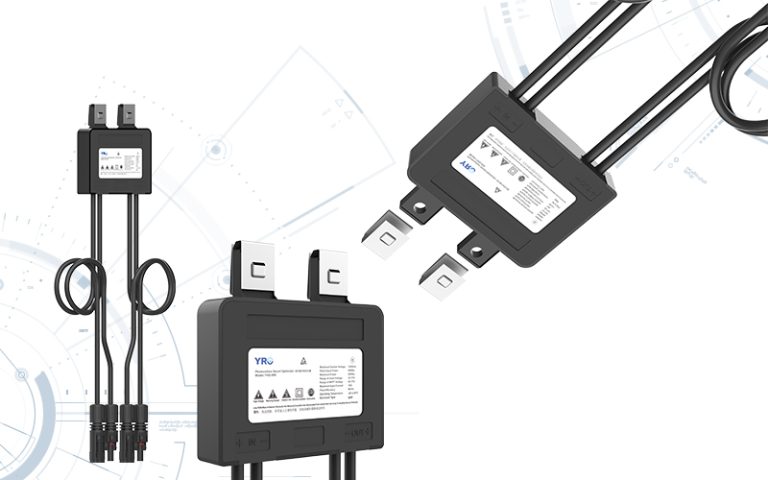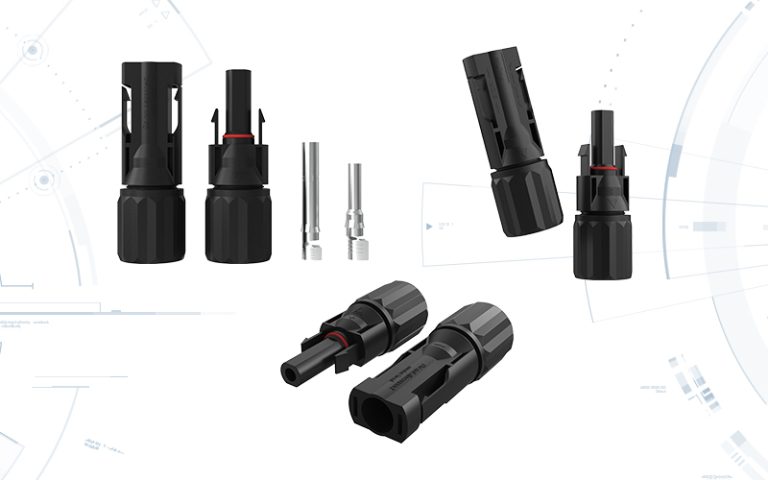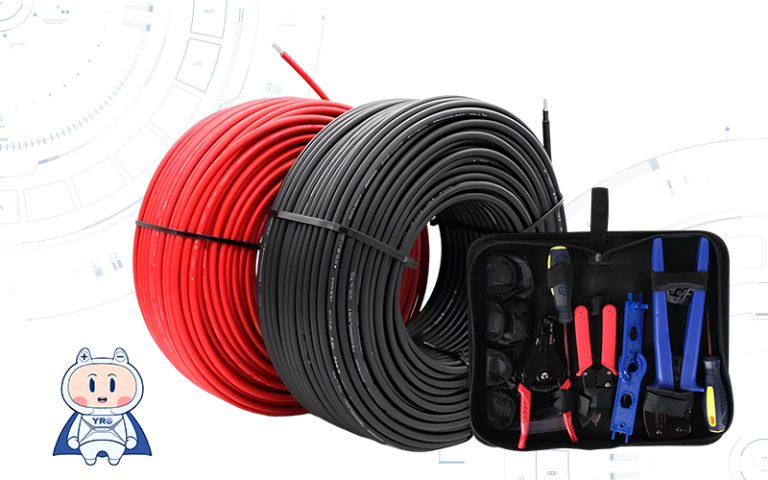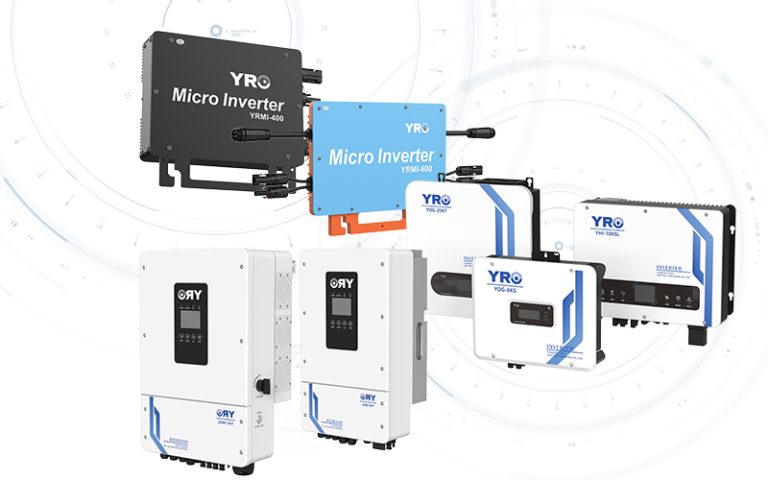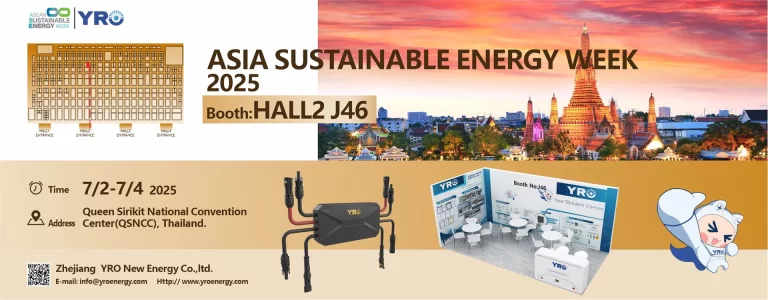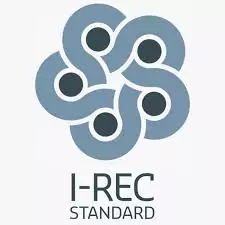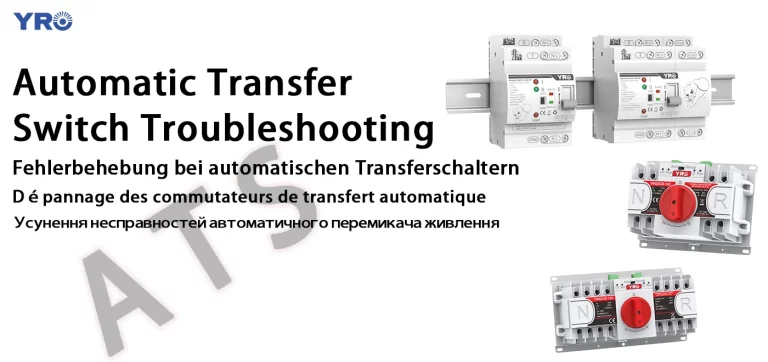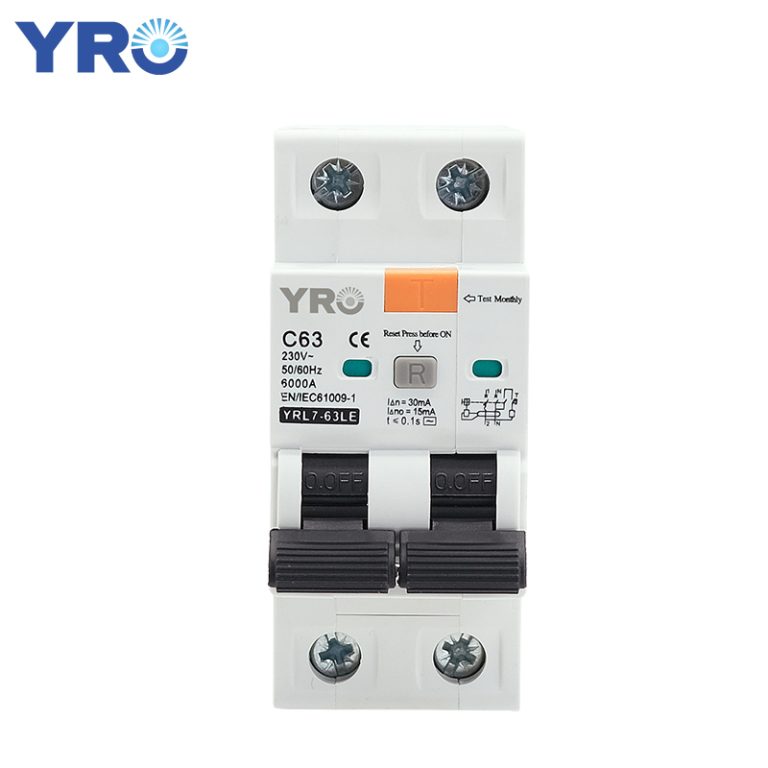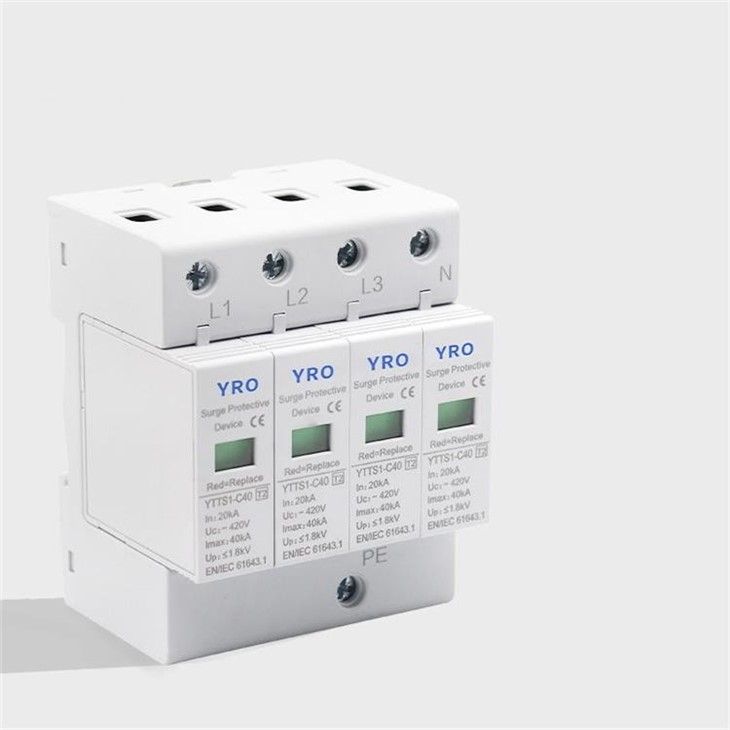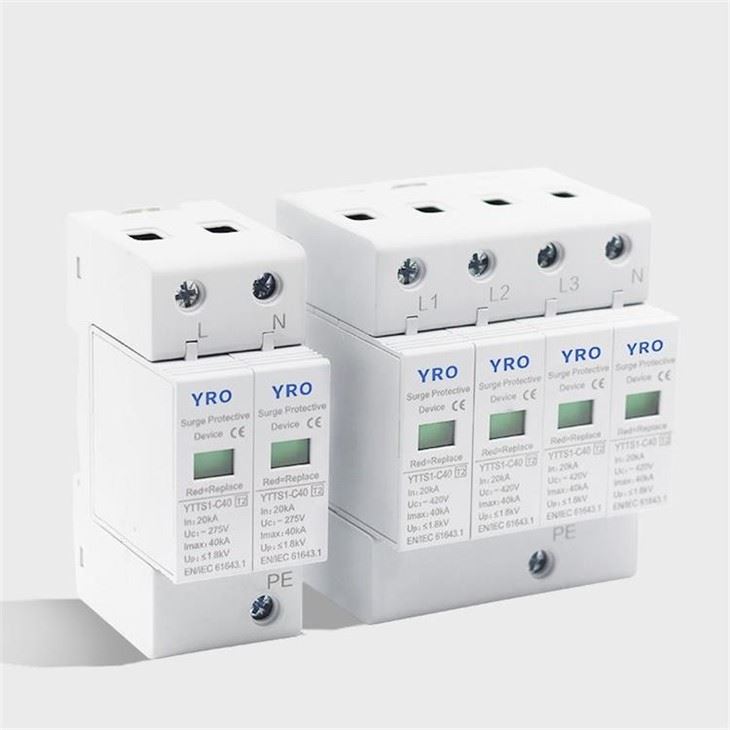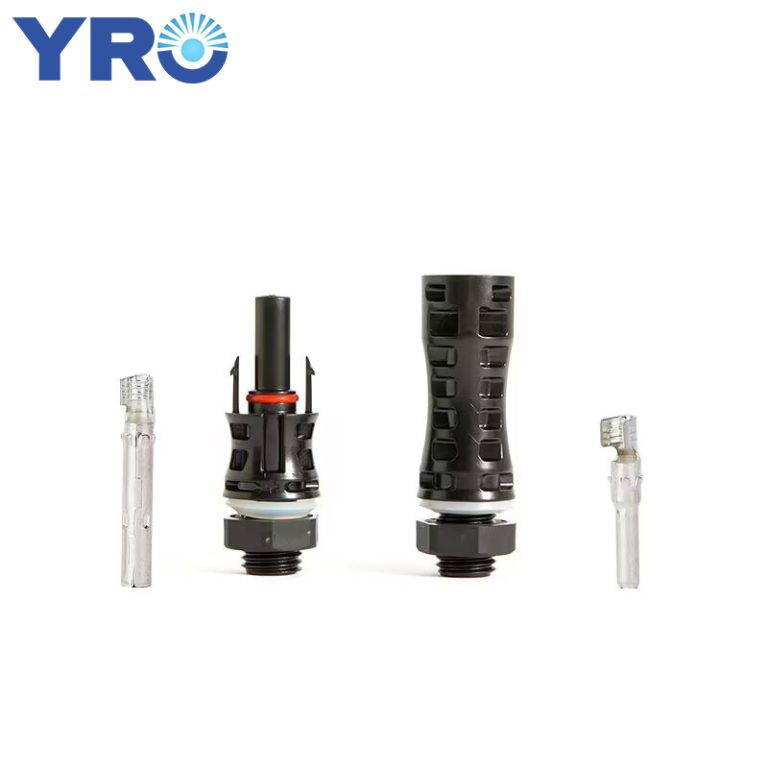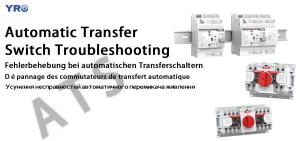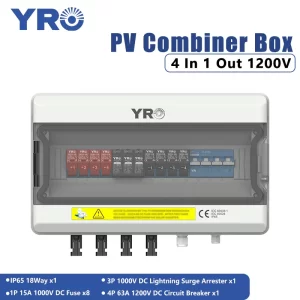In today’s world, which is highly dependent on electric power, the Automatic Transfer Switch (ATS)plays a crucial role in ensuring the continuity and reliability of power supply. According to statistics, the global economic losses caused by power interruptions amount to billions of dollars annually. The ATS can switch to the standby power supply within an extremely short period of time (usually within 50 milliseconds) when the main power source encounters problems, thereby significantly reducing potential losses. However, despite the self evident importance of the ATS, cases of transfer failure still occur occasionally. For instance, in 2018, a data center experienced several hours of service interruption due to an ATS transfer failure, resulting in a direct economic loss of over USD 5 million and causing long term damage to its brand reputation. This paper aims to analyze such cases, explore the specific causes of ATS transfer failures, and propose corresponding preventive and improvement measures based on actual data, in order to further enhance the stability and safety of power supply systems.
What Are the Consequences of ATS Transfer Failures?
The most direct impact of ATS transfer failure is to cause power supply interruption. In industrial production, this may lead to production line stagnation, equipment shutdown, and subsequently result in decreased production efficiency, compromised product quality, and even trigger production accidents. For critical facilities such as medical institutions and data centers,ATS transfer failure may mean the failure of life support systems or the loss of important data, with its social impact being even more incalculable.
Moreover,ATS transfer failure may also cause damage to power equipment. During the transfer process, if the power switching is not smooth or there are abnormalities, it may lead to motor overload, burnout of electrical components, and other faults, further increasing maintenance and replacement costs. At the same time,ATS transfer failure may reduce the stability and reliability of the power system, affecting users’ confidence in power supply.
Even more seriously,ATS transfer failure may trigger cascading failures in the power system. In a power system, various devices are interconnected, and once a device fails, it may trigger failures in other devices, and even lead to the collapse of the entire power system.
Lastly, environmental pollution is also an issue that cannot be ignored. In some environmental protection facilities that require continuous operation, such as sewage treatment plants and waste gas treatment facilities, power interruptions may lead to excessive pollutant emissions, causing environmental pollution.
Therefore,ATS transfer failure is not just a local issue, but a global one.
What Are the Common Reasons for ATS Transfer Failure?
The reasons for ATS transfer failure are various, mainly including the following aspects:
1、Equipment Failure: The electrical components and mechanical structures inside the ATS equipment malfunction, causing the power supply to fail to switch normally. This may be caused by equipment aging, design defects, manufacturing quality issues, etc.
2、Power Quality Issues: The instability of the main or backup power supply, such as voltage fluctuations and frequency deviations, may affect the normal operation of ATS. Power quality issues may be caused by excessive grid load, aging lines, transformer failures, etc.
3、Control Logic Errors: Errors or confusion in the control logic of ATS lead to incorrect judgment of power supply status and failure to execute switching operations. This may be caused by programming errors, hardware failures, communication failures, etc.
4、Improper Maintenance: Long term lack of maintenance or servicing of ATS equipment results in internal dust accumulation and component aging, affecting its performance. Improper maintenance may be due to a lack of maintenance awareness, insufficient maintenance skills, limited maintenance resources, etc.
5、Human Operational Errors: During manual operation of ATS, improper or incorrect operation may also lead to transfer failure. This may be caused by the operator’s lack of training, distraction, insufficient operational experience, etc.
6、Environmental Factors: The operating environment of ATS equipment may also affect its normal operation. For example, excessively high or low temperatures, excessive humidity, excessive dust, and other environmental factors can lead to performance degradation or failure of ATS equipment.
How to Prevent ATS Transfer Failures?
To prevent ATS transfer failures, we need to take comprehensive and effective preventive measures from multiple aspects.
1、Strengthen Equipment Selection and Purchasing: When selecting and purchasing ATS equipment, fully consider factors such as equipment quality, performance, reliability, and after sales service. Choose ATS equipment that is reliable in quality, stable in performance, and advanced in technology to ensure that it meets actual application requirements. At the same time, strengthen the evaluation and selection of suppliers to ensure they have good credibility and strength.
2、Regular Maintenance and Servicing: Regularly clean, inspect, and maintain ATS equipment to promptly discover and address potential issues. Develop detailed maintenance plans and procedures, clarifying requirements such as maintenance cycles, content, and personnel. Additionally, strengthen the training and assessment of maintenance personnel to improve their skills and sense of responsibility.
3、Monitor Power Quality: Install power quality monitoring equipment to continuously monitor the quality of the main and backup power supplies. By monitoring changes in parameters such as voltage, current, and frequency, promptly discover power quality issues and take corresponding measures. At the same time, strengthen the monitoring and management of grid loads to ensure they operate within a safe and stable range.
4、Enhance Personnel Training: Provide professional training for personnel operating ATS to improve their operational skills and emergency response capabilities. Training content should include the working principles of ATS equipment, operational norms, troubleshooting, and emergency response plans. Additionally, strengthen the assessment and evaluation of operators to ensure they possess sufficient operational capability and sense of responsibility.
5、Establish Emergency Response Plans: Develop comprehensive emergency response plans, clarifying the handling procedures and responsibility divisions in case of ATS transfer failures. Emergency response plans should include fault diagnosis, fault handling, power restoration, and follow up actions. At the same time, regularly organize drills and evaluation activities to test the effectiveness and operability of emergency response plans.
6、Strengthen Environmental Management: Manage and control the working environment of ATS equipment. Ensure that the equipment operates under suitable temperature, humidity, and cleanliness conditions. Improve the operating environment and performance of ATS equipment by installing air conditioners, dehumidifiers, air purifiers, and strengthening environmental cleaning and management measures.

